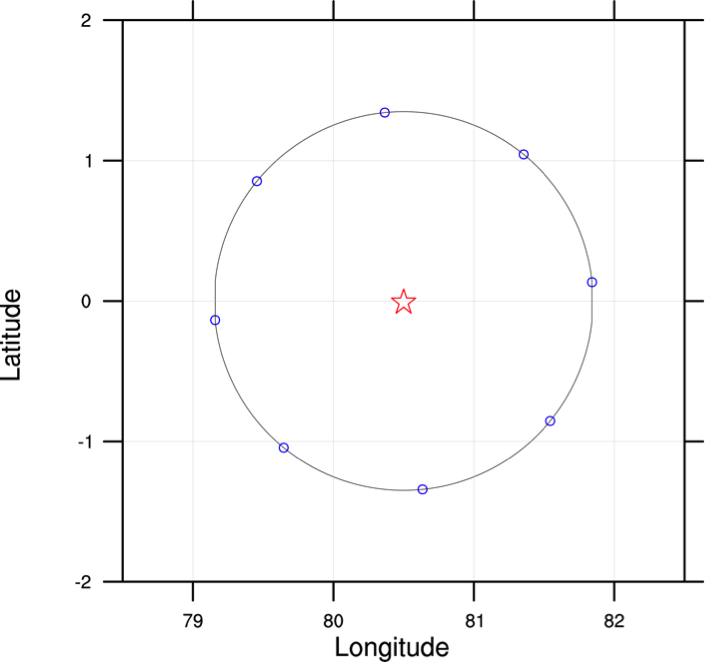REVISED: Large-Scale Forcing Data for AMIE-GAN Updated
Published: 17 October 2019

Editor’s note (October 17, 2019): Large-scale forcing data developed from a constrained variational analysis approach have been reprocessed and made available for the ARM Madden-Julian Oscillation (MJO) Investigation Experiment on Gan Island (AMIE-Gan) in the Maldives. The data use updated radar precipitation estimates, and the S-POL radar data now extend back to October 2, 2011. The update of precipitation estimates only affects the magnitude of the forcing fields, not the timing and the vertical structures.
The ARM Madden-Julian Oscillation (MJO) Investigation Experiment (AMIE) on Gan Island, or AMIE-Gan field campaign, collected necessary data for studies of the initiation, propagation, and evolution of MJO and its association with convective clouds. In order to enable single-column and/or high-resolution model simulations of the field campaign period, model forcing data sets were developed.
Three versions of the forcing data are provided, which were constrained by surface precipitation measurements retrieved from the SMART-R, S-POL, and TRMM radar instruments deployed during the campaign to address uncertainties in surface rainfall. These forcing data represent an average over the analysis domain of about 150 km radius centered at Gan Island, comparable to the SMART-R precipitation radar coverage.
The AMIE-GAN campaign was conducted during the period October 2011 to March 2012 in conjunction with the Dynamics of the Madden-Julian Oscillation (DYNAMO) and Cooperative Indian Ocean experiment on intraseasonal variability in the Year 2011 (CINDY2011) campaigns.
Due to the lack of a sounding array at Gan Island, the forcing data for AMIE-Gan were developed based on European Centre for Medium-Range Weather Forecasts (ECMWF) analyses, which were then constrained with observed surface rainfall through the constrained variational objective analysis approach described by Zhang and Lin (1997), Zhang et al. (2001), and Xie et al. (2004).
The large-scale forcing data for AMIE-Gan have been updated to 1) extend the period to cover both the first and second MJO and 2) include the updated radar precipitation measurements from SMART-R radar. Since the SMART-R radar rainfall is only available for a 180-degree section due to blockage, it was further adjusted using TRMM precipitation data to address the uncertainty issue in its domain mean rainfall. More details can be seen in the README file that accompanies the data. The data are available in both ASCII and netCDF formats.
As always, feedback and use of the data are welcomed and encouraged. For questions, or to report data problems, please contact Shuaiqi Tang, Yunyan Zhang, or Shaocheng Xie.
To access the AMIE-Gan forcing data set, log in to the ARM Data Center. (Request an account here.)
Keep up with the Atmospheric Observer
Updates on ARM news, events, and opportunities delivered to your inbox
ARM User Profile
ARM welcomes users from all institutions and nations. A free ARM user account is needed to access ARM data.


















